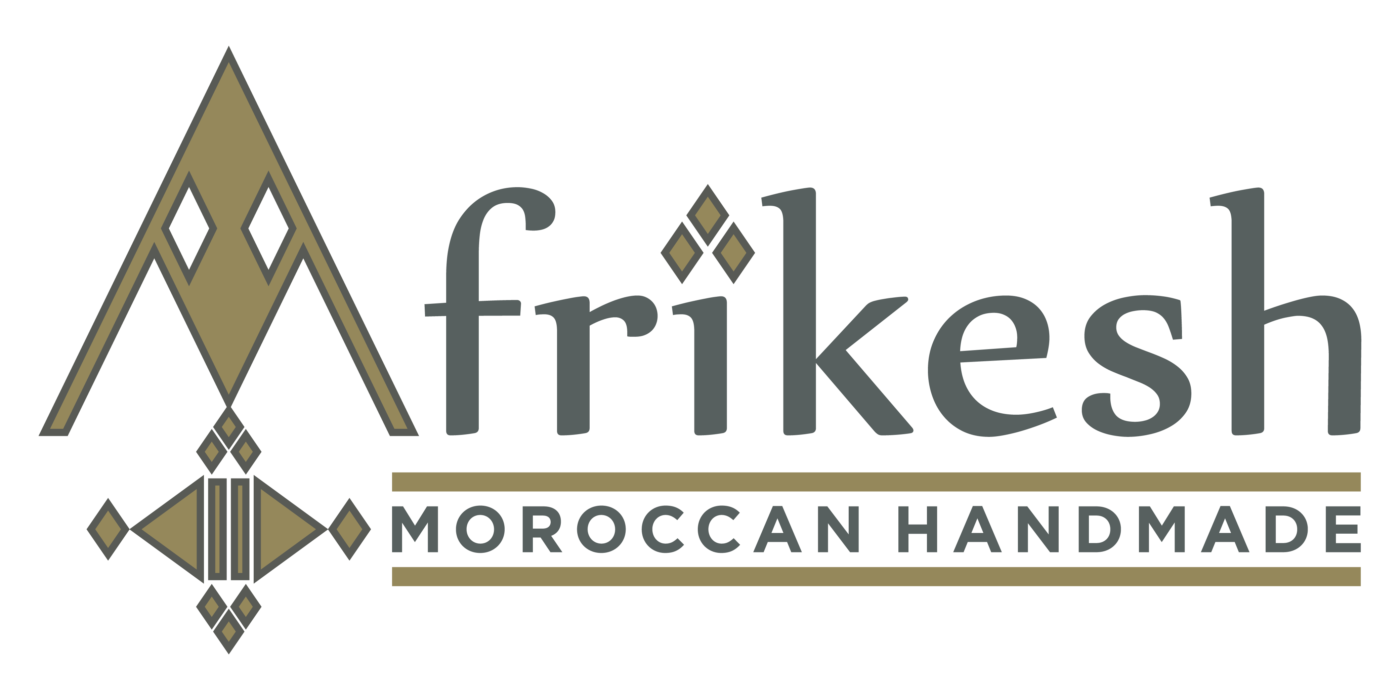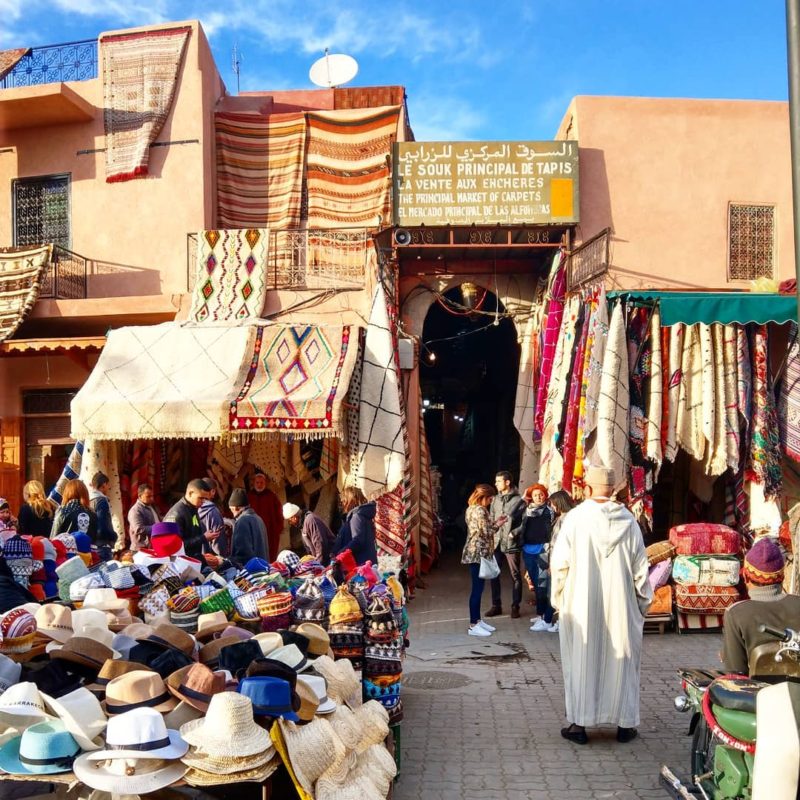Getting To Know Berber Rugs And The Tribes Who Make Them
If you want to know so much about Berber rugs, you have to live with the people who have spent so much of their lives making it. We decided to get a first-hand experience by paying a close visit to the Berber People in Morocco. It was there we saw the meticulous design process that goes into making these iconic rugs.
In our time with the tribes who make these rugs, we learned so much from them. We also learned about the different characteristics of each Moroccan rug and how to tell them apart. First thing first, all authentic Moroccan Rugs are collectively known as Berber rugs. This is because they are made from different Berber tribes in Morocco. Nevertheless, each tribe has its peculiar style, thanks to certain factors like dyes, other local resources, and each area’s climate.
Previously, Moroccan Rugs were exclusively made by women for personal use around the home. These rugs were used as seating covers, accentuate floors or bed covers. Part of the uniqueness of these hand made traditional rugs was the story each piece told. The entire hand-woven process usually takes 20-30 days. What’s more, the specialty of the rugs meant no two-piece were identical.
Our Berber rugs’ findings were truly remarkable, and we are delighted to share some of these insights with you.
Our Berber Rugs Guide
Azilal-High Atlas

These Moroccan rugs are known for their bold colors and patterns. They find their origin from deep within the High Atlas Mountains. They are woven in wool, using intricate patterns and symbolism. You can tell an Azilal rug by its single knots.
A close inspection of the base of an Azilal rug shows a color reminiscent of the wool used. So, you can expect the base to have a shade of white paired with a fine flora coloration.
Visit our collection of Azilal rugs here
Boujad-Central Plains

The Boujad area is quite larger than some of the lesser tribes. Boujad rugs have a warm red, orange, and pink in appearance. They are made using the traditional knotting style known to most Berber tribes. However, the knots used in the Boujad are tighter, and overall they require less wool. Boujad rugs are famous for intricate geometric patterns and unique colors made from natural dyes.
Beni Ourain- Middle Atlas
Beni Ourain is known for its stylish color palette. Their coloration and patterns mean they are perfect for your typical minimalist homes. The shade of the Beni Ourain ranges from light tones to more pronounced shades.
You can tell a Beni Ourain rug by its asymmetrical looks and soft black or dark patterns.
• Azilal- High Atlas
• Boujad- Central Plains
• Beni Ourain- Middle Atlas
Beni Mguild- Middle Atlas
The Beni Mguild hails from the farthest Atlas region. This region is known for its harsh conditions, and this is reflected in how the rugs look with their plush, thick weave. They usually come in various color shades ranging from blue, red, purple, and brown. The rugs are traditionally woven on a vertical loom. The Beni Mguild is very adaptable to seasonal changes. During summer, the rugs can be turned over to reveal a much warmer side.
Boucherouite-All Tribes
Boucherouite is a visually appealing piece that is tailored for warmer regions. The wool originates from areas with little or no wool. It makes up for the absence of wool with visual aesthetics and brightly woven colors. The Boucherouite is woven from old fabric, and its unique texture makes them a high-quality premium rug.

Kilim- All Tribes
Kilim rugs are common in and around tents of Berber tribes in the desert. The rugs have a flat shape and featherweight in terms of shapes, which makes them easily movable. The Kilim rugs are suitable for hotter climates because of their thin stature, and they can be used to fill large living space.

• Beni Mguild-Middle Atlas
• Boucherouite- All Tribes
• Kilim-All Tribes
The Berber culture is renowned for its warmth and cultural heritage, which is evident in the rugs and carpets they produce. There is so much to love about the Berber culture, and you shouldn’t hesitate to relive that experience using an authentic Berber rug and carpet.

